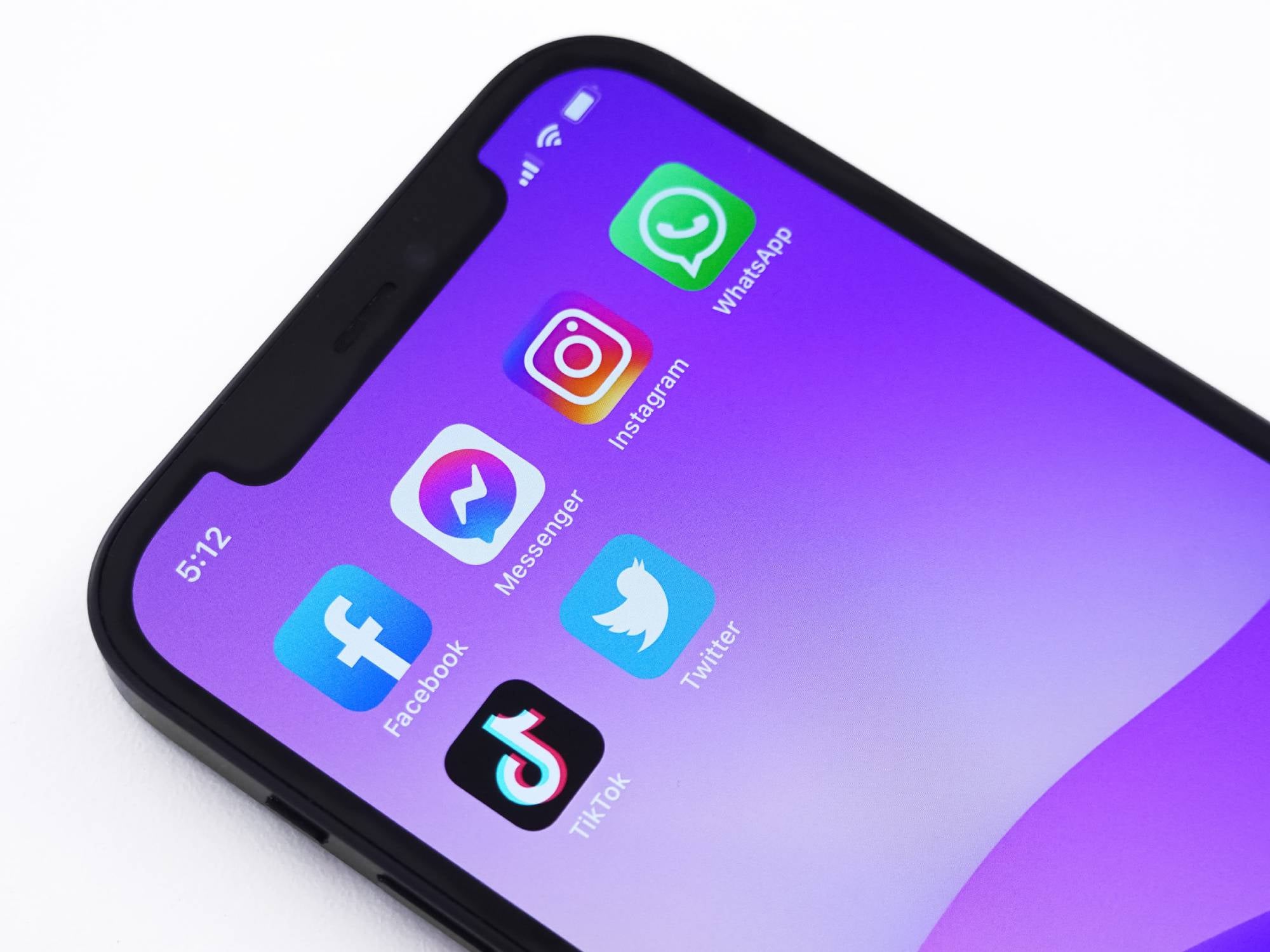How to Make a Social Media Calendar in Simple Steps

Choose the top social media platforms for your business
There is a myriad of social media platforms available. Click here, it’s not just impossible to participate across all of them, but it can harm your business (Buy YouTube Subscribers UK) when you aren’t reaching the people you want to go to.
When creating the calendar for your social media, select channels that are essential for audience engagement, communication, and marketing.
Are you making your efforts a focus on an unrelated platform to your customers? Is there any platform that is well-known by your followers but you’re not a part of? Do you have accounts that are inactive on any social media platforms? If so, do you get them back or remove them?
These are the reasons you should know about the characteristics of its users. It is also essential to study the best practices and marketing strategies for all of them. Which ones you are considering are the ones you’re thinking.
No, we’re not allowing you to get into the mode of a beast and do everything in one go. Take your time and take it slow. You can use your breaks during work to study these strategies.
Decide which information will Have in your calendar.
Once you’ve identified which social networks you’d like to concentrate on, It’s time to define the information you’d like for your content calendar on social media to keep track of.
Suppose you’re beginning to learn about social media marketing and you are looking to showcase your brand new coffee website. In that case, A simple spreadsheet could serve as an online calendar for social media.
However, suppose you’re overseeing an entire content team of ten people or are responsible for the social media promotion for 12 various brands. In that case, you’ll need software that can inform the people who are doing what, what’s happening when it’s approved and when it’s ready to go live, and how successful your actions were.
Sometimes an Excel spreadsheet isn’t enough to accomplish this. This is why we’ve listed our top tools in the final section of this article.
Begin with the basics such as:
- Social platform
- Date
- Timing (and Time Zone)
- Social copy
- Visuals (images, videos, illustrations, infographics, GIFs, etc.)
- Link to assets
- Link to live blog
It is also possible to add more advanced information that could be useful later. This includes:
Geo-targeting (is your content targeted at an international audience? European audience? Or someplace else?)
The campaign or the vertical it’s associated with (general awareness of the brand, product launch, contests, events, client service, giving annually, etc.)
Organic or Paid? (If you’re paying, you’ll be able to add budget specifics)
The value (is it a brief-spanned topical article or an enormous-budget evergreen work of art that can be reused in other posts to come?
Have you been able to approve it?
Have you posted it? (If it has been posted, would you like to include the link in its UTM?
Analytics and the results (If the work you do and complex, you’ll probably need your analytics reports to be able to provide the information)
Create an asset library of content for your assets
A content library lets you can save various kinds of content. This includes documents, templates, and audio or video files. It is also known as an asset bank, digital asset bank, or Media Resource Database.
In your role as a social-media administrator, Your collection of visual content (photos, information, graphics, infographics.) shouldn’t be kept forever on the memory of your iPhone or in a secret folder that is hidden in the depths of your desk. Instead, please save it to cloud storage, like Google Drive, Dropbox, your company’s network, or database software.
The advantages of a library of social media content comprise:
It is large enough to accommodate large files.
It’s accessible through your smartphone and also from your computer
It is easy to share with team members.
It gives the links to each file to let you add them to the calendar (even more effective if the calendar integrates with your calendar)
Your library of content will most likely include many files, so it’s crucial that you set it up to be user-friendly. This will allow you to find documents quickly.
Hootsuite’s library feature for content is one example. It integrates effortlessly with its calendar feature that you may not even realize of the two tools. This video explains how it functions:
Establish your workflow
After you’ve set up your library of content, you can begin figuring out the processes you’ll employ to create your social media plan.
It is essential to keep track of the following things:
How often would you like to refresh each channel?
The ideal time to publish on each of your channels (ideally using the insights you have gained from your previous performance)
Your mix of content (you could start by following rules of thirds which is listed on Hootsuite’s list of best practices for social media)
Brainstorm ideas for new ideas before assigning them and then making them.
The team members are responsible for different tasks (copywriters or proofreaders.)
Who will be the person who approves the content (is it your copy editor or CEO, or is it your legal staff?)
Once you’ve written out your social media process, record it in a spot accessible to you. It may be a separate section within your social media calendar.
If your group is a bit complicated, You can simplify the terms and processes so that your phone doesn’t be flooded with Slack messages or emails from confused employees.
Here’s an illustration of Digital Opportunity Trust, a social innovation-based NGO which shows how their communications team manages the “guidelines” tab on their social calendar.
For more: https://socialfollowerspro.uk/
Begin to craft your posts.
At this moment, your mind is likely overflowing with brilliant ideas. Great!
Now, take a few minutes to look through your library of content (or that tucked away directory within the back of your MacBook) and begin writing some content.
Review your calendar as you place these posts together. If you feel that your calendar is too detailed and it will take an amount of time to implement, you might want to reduce some details. If it’s not clear enough, you may need to add some additional columns.
It could also appear unappealing (no offense); in which situation, we’ve got you back with our gorgeous, free templates we’ll discuss in the next section.
Invite your team members to look over the calendar (and take advantage of their comments to improve)
After you’ve laid the foundations for a successful social media campaign, It’s time to demonstrate what you’ve been doing to your employees.
It’s recommended to have a calendar that is easy to use and inviting, so you can ask your team members who’ll have to utilize it every day.
Request them to take a comb with a fine-tooth through the document and take notes and suggestions if they discover any holes. Plan an event for everyone to meet and discuss the schedule before implementation.
Do you know who has the correct passwords for the accounts?
Do they know UTM guidelines?
Are all users able to download and then upload the high-resolution hero photos that the graphic designer created in the monthly teardown of LinkedIn? If not, could they quickly figure it out?
After the meeting, you’ll have a digestible, interactive text that even a newborn can comprehend. Not the literal kind, but you’ll understand the point I’m trying to make.
Start publishing (or scheduling)
Your social content calendar for media and all set to roll out.
If you begin publishing regular social content, You may have to do the work manually posting your posts, particularly when you’re managing feeds with high volumes.
In this instance, using a calendar that doubles as a tool for scheduling will simplify your life.
Social media calendar examples
You may be wonder what calendars look like once they’re loaded with material.
We’ve got actual examples of calendars for social media to show you what we mean.
The editorial calendar of National Geographic
This calendar is a fantastic illustration of how outstanding editors plan content for the long term.
This isn’t a content calendar, but rather editorial calendars are generally designed to provide advertisers with an insight into what’s coming up issue by issue in hopes that advertisers will be interested in working with the company.
They are attractive, clear, and contain only the main appeal in detail. They often also have the mission statement and demographics of the audience.
If you’re giving a presentation to your bosses or an influencer looking to demonstrate your expertise to potential partners from brands, An editorial calendar could be the best choice.
Apart from this if you avre interested to know about Search Results for: 10 Social Media Monitoring Tools for Your Brand then visit our Digital Marketing category.




